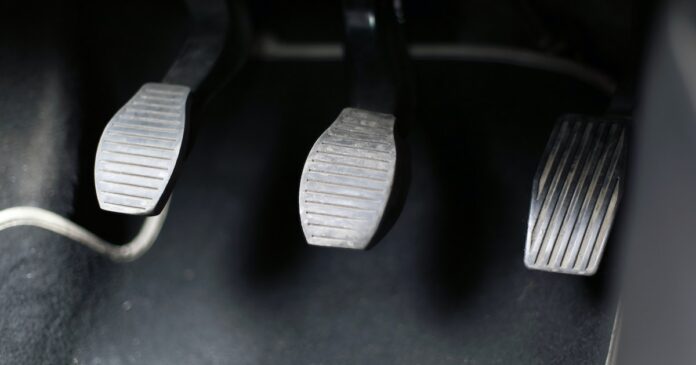Q: I have a 2015 Ford Focus SE with a 1.0-liter Ecoboost engine and a manual transmission. Intermittently, the clutch does not return to its normal position and has to be lifted with the toe of my left foot. It does not affect the car’s operation. I understand that the clutch uses brake fluid in its function, but all fluids are at their proper levels. Any other ideas?
A: My first hunch is a bad clutch release bearing. But there are other possibilities. The slave cylinder or the clutch master could be failing.
More on ABS
Q: I agree with your comments to the reader requesting help to solve the ABS fault light. Changing out all the wheel sensors would be a good first step. I did the same on my 2002 Tacoma. At this point it would have been good to explain what the ABS system will do to improve vehicle safety during hard braking on icy and slippery roads.
A: You are right about the benefit of ABS on slippery, but not icy, roads. Many people used to pump brakes, which is what the ABS does. But ABS pumps the brakes only on the wheels losing traction. Before ABS, I learned the technique of threshold braking — squeezing on the brakes just to the point before locking them up. Not a simple skill. Until the reader gets the ABS repaired, the car will operate safely under normal conditions.
The daily grind
Q: I have a 2009 Hyundai Santa Fe that has been making a grinding sound when the steering wheel is turned sharply to either side. Just turning the wheel to drive into my garage from the alley causes the sound of contact. My mechanic says he doesn’t know what could be causing the issue. There is no sound when the car is being driven, only when I’m turning the wheel, especially sharply. Any ideas?
A: I have a hunch the problem may be with the steering column coupling.
Skip the warmup
Q: I have a disagreement with a friend who was a master mechanic and owned a shop for 40 years. He says you have to warm up your car for at least five minutes before driving. He says if you don’t, fuel gets past your rings and into your oil. I told him he’s living in the past of carburetor days, and with modern engines, you are just wasting gas. Who is right?
A: With modern engines, excessive idling just wastes gas. Driving gently until the engine reaches operating temperature is ideal. This gets the catalytic converters working to reduce emissions. Any gas that gets past the piston rings will vaporize and be cycled back into the engine via the PCV (positive crankcase ventilation) system.
Bob Weber is a writer, mechanic and ASE-certified Master Automobile Technician. His writing has appeared in automotive trade publications, Consumer Guide and Consumers Digest. Send automotive questions along with name and town to [email protected].



